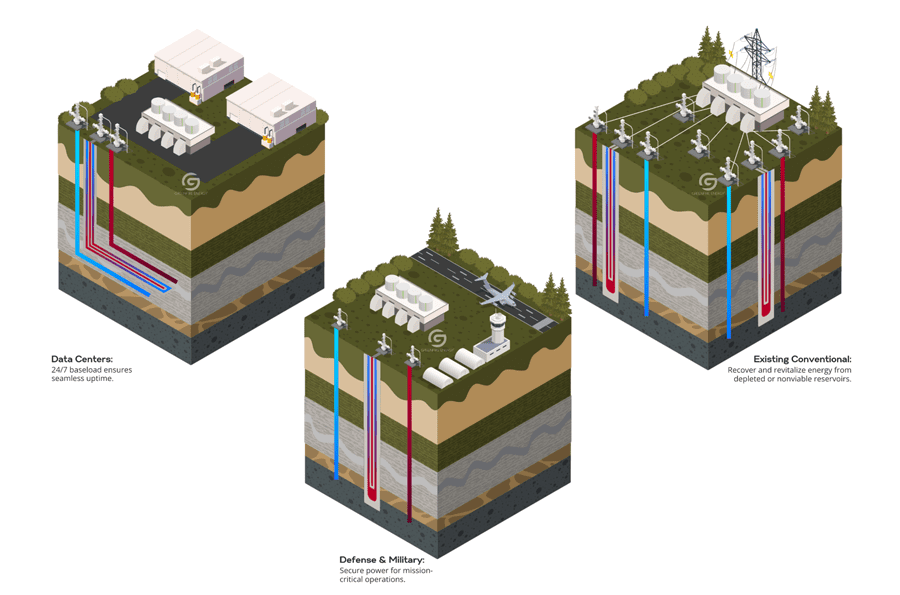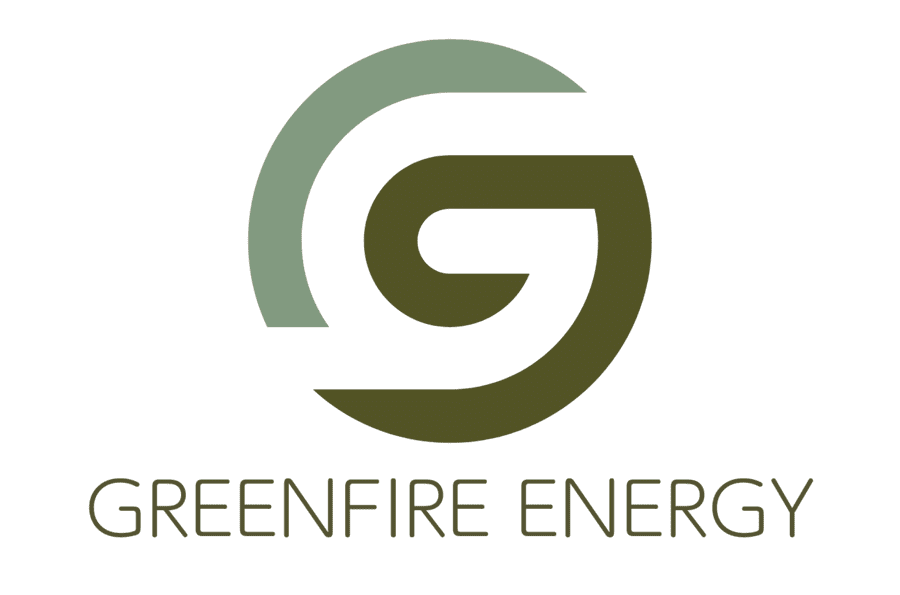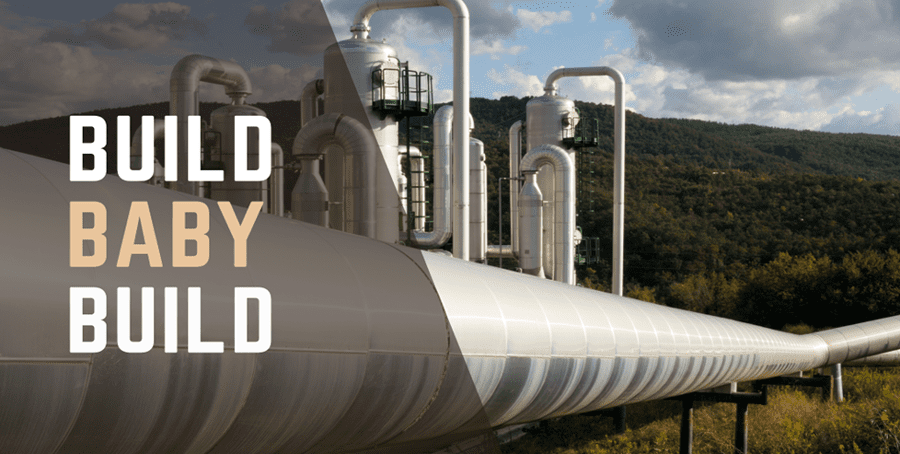The U.S. is facing a mounting energy challenge. Electricity demand is set to double by 2050, driven by population growth, industrial electrification, and the clean energy transition. Yet, the existing grid is already strained, and electricity prices are continuing to rise. The country needs more reliable, cost-effective power – and fast. Geothermal energy offers a solution: secure, scalable, and baseload power with the potential to supply 90 GW by 2050. But today, geothermal energy meets less than 1% of global demand. What’s missing? The expertise to unlock it at scale. Oil and gas professionals, who have spent decades mastering subsurface energy extraction, are now leading the charge, applying their advanced drilling, reservoir management, and project execution skills to transform geothermal into a viable, large-scale energy source.
Why Oil and Gas Know-How is a Game Changer for Geothermal
Geothermal development requires deep geological expertise, precision well construction, and operational efficiency – all areas where oil and gas professionals excel, thanks to decades of experience managing complex drilling operations and optimizing production from unconventional reservoirs.
Unlike traditional geothermal projects, which have often been hindered by high upfront costs and long development timelines, next-generation technology powered by oil and gas innovations is making these challenges more manageable. Reservoir modeling, well integrity management, and thermal resource assessment – all honed in the oil and gas sector – are now being applied to increase geothermal’s economic viability and scalability.
New Life for Aging Assets
One of the biggest hurdles for geothermal development is underperforming or aging geothermal fields that fail to produce at expected levels. Applying next generation technologies helps us manage the resource better and apply new best practices whether it’s by improving our contact with the rock or managing resource decline. Oil and gas professionals are intimately familiar with decline curves. They know that a well’s initial performance is just that: initial. Just as unconventional oil and gas wells can see production extended through enhanced recovery techniques, geothermal wells can also be optimized to extract more energy from existing resources.
By applying advanced reservoir analysis, targeted well interventions, and enhanced stimulation techniques, next-generation geothermal companies are revitalizing underutilized geothermal fields, extending asset life, and increasing energy output. It’s important to understand the geology and which technology can best be applied. Both EGS (Enhanced Geothermal Systems) and AGS (Advanced Geothermal Systems) can optimize the thermal heat extraction while minimizing induced seismicity and consumption of water resources. These methods, long used to optimize oil and gas fields, are transforming geothermal resources into more productive and reliable energy sources.
Aging geothermal assets often retain significant untapped thermal potential. Without proper assessment and intervention, productivity declines, but detailed formation analysis and fluid flow optimization – techniques well-established in oil and gas – can unlock additional energy. Rather than abandoning struggling geothermal wells, operators now have the tools to enhance output, improving both efficiency and profitability.
Purpose-Fit Geothermal Development
 Successful geothermal development goes beyond drilling wells. It demands next-generation solutions: purpose-fit technologies that not only adapt to subsurface conditions but also cater to the growing demand for co-located energy solutions. A technology-agnostic approach, incorporating AGS, EGS, and hybrid systems, allows operators to match the technology to the geology.
Successful geothermal development goes beyond drilling wells. It demands next-generation solutions: purpose-fit technologies that not only adapt to subsurface conditions but also cater to the growing demand for co-located energy solutions. A technology-agnostic approach, incorporating AGS, EGS, and hybrid systems, allows operators to match the technology to the geology.
Another key component of purpose-fit development is risk mitigation. Oil and gas professionals are well-versed in managing drilling risks, handling reservoir uncertainties, and ensuring well integrity under extreme conditions. This knowledge directly applies to geothermal, where high pressures, aggressive fluid chemistries, and fluctuating subsurface conditions require expert oversight. For industrial users with high energy demands, geothermal provides a reliable, long-term solution that can be seamlessly integrated into operations and even co-located for premium power generation. Geothermal developers can achieve greater reliability and project success by integrating oil and gas risk management techniques.
Accelerating Project Timelines
Efficiency is everything in the energy industry. Streamlined operations and rapid deployment can mean the difference between success and stagnation. Companies have spent decades refining processes to streamline field development, reduce downtime, and maximize operational efficiency. This same mentality is now being applied to geothermal, helping to shorten development timelines and improve cost-effectiveness.
Geothermal projects are progressing faster than ever by leveraging real-time data analysis, advanced drilling optimization techniques, and proven risk management strategies. Oil and gas expertise is ensuring that geothermal energy is now a dynamic and rapidly advancing energy solution that is rapidly deployable for baseload power generation.
Beyond drilling, oil and gas operational efficiency extends to project execution and supply chain management. Geothermal projects benefit from oil and gas-style planning, which incorporates supply chain coordination, logistics optimization, and infrastructure integration.
Scaling Geothermal for the Future
The geothermal sector has historically been limited by scale; most projects have been small, localized, and heavily dependent on site-specific conditions. However, the oil and gas industry has long mastered the art of scaling energy production across regions, developing standardized processes and replicable models. That expertise is now influencing geothermal’s expansion.
Take modular geothermal system designs. Oil and gas drilling techniques and advances in geothermal well field management enable more repeatable, scalable geothermal developments. This approach reduces costs and allows for faster project replication across multiple sites.
Additionally, the ability to integrate geothermal with other energy sources, such as industrial heat applications, district heating networks, and even hybrid renewable systems, creates new deployment opportunities. Oil and gas veterans, experienced in designing and managing diverse energy portfolios, are now playing a crucial role in making geothermal a more flexible, multi-application energy source.
The Industry’s Newest Power Players
The future of geothermal isn’t just about technology; it’s about the leadership and execution experience that oil and gas professionals bring to the table. Some of the most impactful geothermal innovations today are led by teams with deep oil and gas backgrounds who understand the challenges and the opportunities ahead.
Oil and gas veterans are accelerating geothermal, applying their expertise to unlock new efficiencies and scalable solutions. The companies that recognize and harness this expertise will lead the way in delivering scalable, low-carbon energy that meets the demands of a changing world. The same ingenuity that unlocked complex hydrocarbon reservoirs is now driving geothermal forward, applying decades of expertise to scale geothermal into a mainstream energy source.
Geothermal stands out as a proven, underutilized resource in a world increasingly focused on reliable, secure, low-carbon energy. With the strategic application of oil and gas expertise, it’s poised to become a cornerstone of the energy transition. As more companies recognize the opportunity to merge traditional energy skills with emerging geothermal technology, the industry’s next chapter is being written – one that blends legacy expertise with forward-looking innovation to deliver clean, continuous, and scalable baseload power for the future.
Geothermal isn’t starting from square one; it’s the next evolution of subsurface energy development, leveraging decades of expertise from the oil and gas industry. Geothermal is standing on the shoulders of energy sector giants that have spent decades refining the technologies and processes needed to extract energy from the earth at scale.

Rob Klenner is President of GreenFire Energy, bringing over 15 years of experience in subsurface technology, including geothermal, oil and gas, and CCUS. Previously, he was Director of Geothermal Technologies and Innovation at Baker Hughes, responsible for advancing geothermal energy projects across the company and driving new and innovative technology. Klenner also served as Executive Director of the Wells2Watts Geothermal Consortium, working with major oil and gas operators to drive industry progress. His career spans roles at Baker Hughes, General Electric, EERC at the University of North Dakota, and The Geysers at Calpine. He has co-authored over 25 publications and holds more than a dozen patents.
Klenner is known for his visionary leadership and expertise in integrating data science with sustainability. He is dedicated to advancing GreenFire Energy’s mission and promoting reliable, sustainable energy solutions. He holds B.S. and M.S. degrees from the Harold Hamm School of Geology at the University of North Dakota, where he currently serves on the Board of Advisors.







